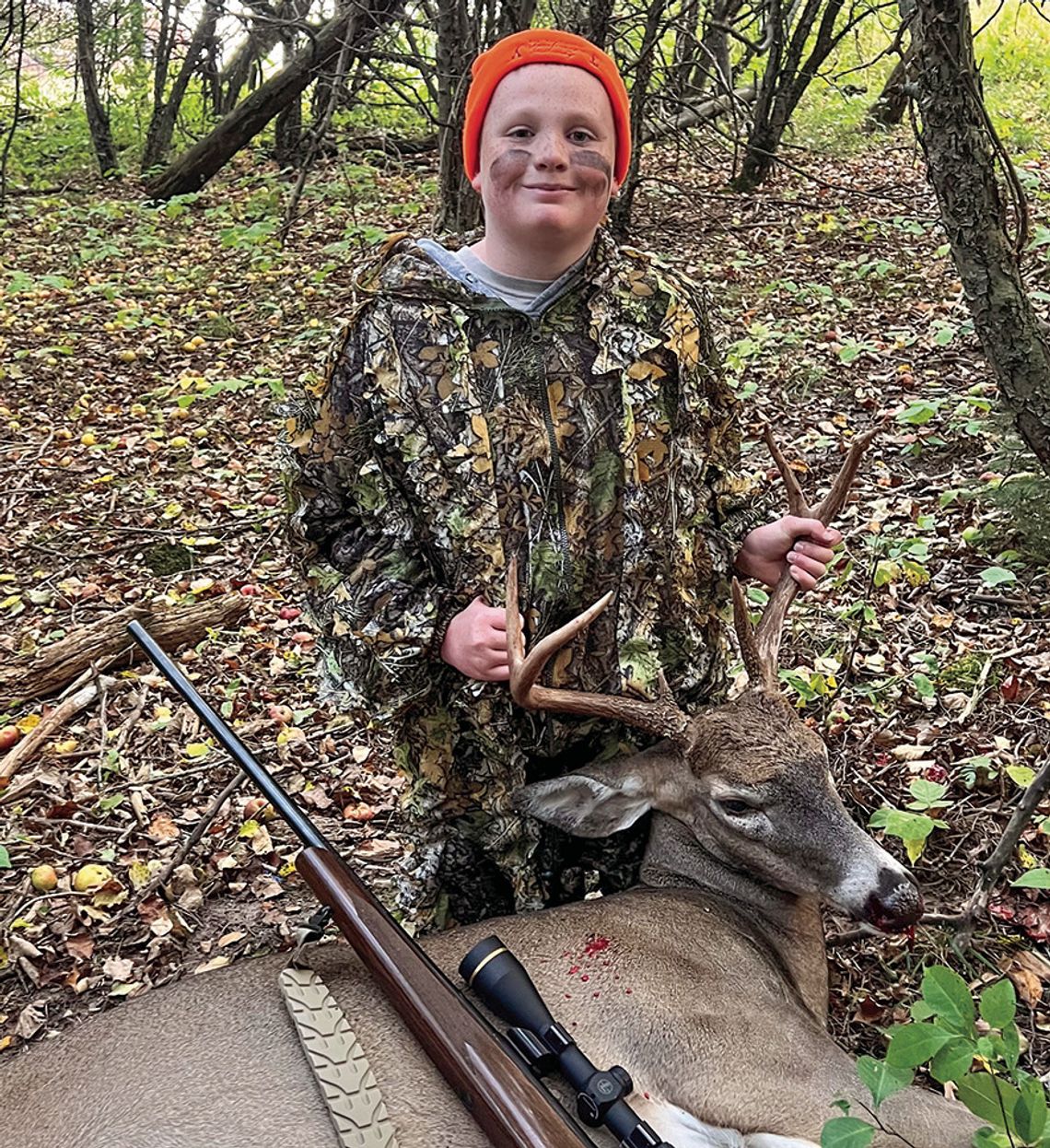Think of deer herd density in Leelanau County as a checkerboard. Whether trying to avoid killing a deer while driving or hoping to hook up while hunting, the difference between success and failure depends upon whether you’re on a white or a black section.
That was one result of an admittedly nonscientific, countywide deer survey showing that the herd is little changed over the past year in size, doe-to-buck ratio, and disproportion.
“It’s just real uneven across the county,” said Clay McNitt, one of the leaders in a movement more than 20 years ago to improve deer management in Leelanau. “In the southwest end of the county there are a lot of deer. And there are a lot of deer in other spots. But in other areas we hardly turned up any deer at all.”



